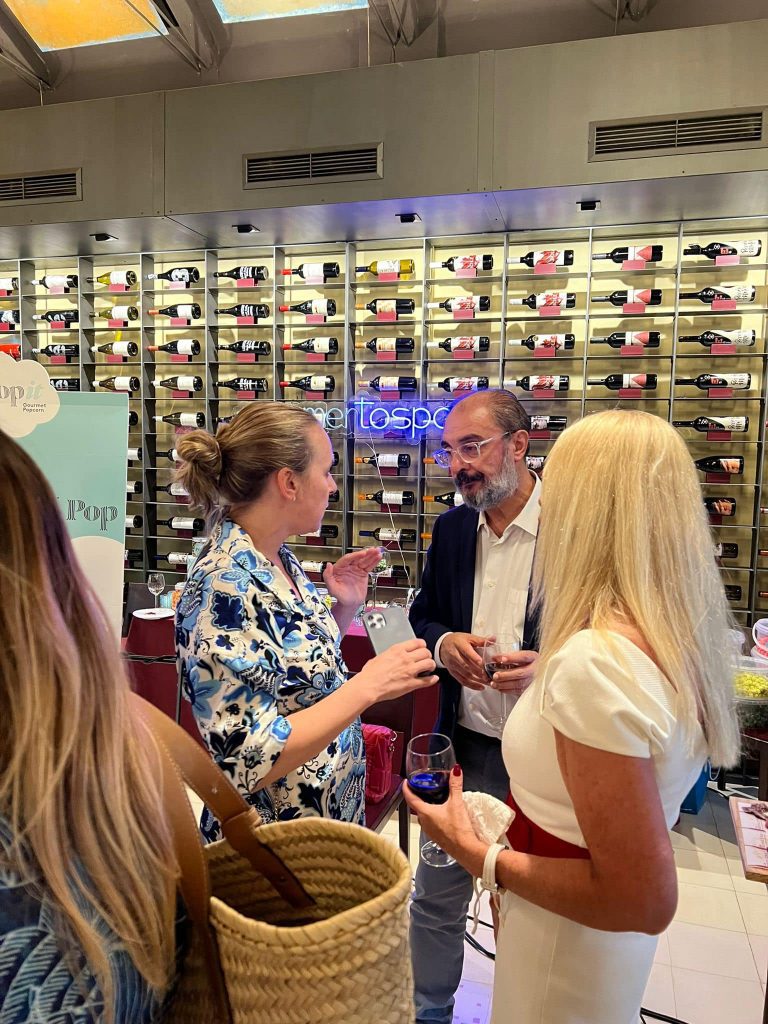This week saw the end of the eleventh edition of the workshop organised by the Politecnico di Milano, the Brera Academy of Fine Arts, the Urbino Academy of Fine Arts and the Aragon School of Design COrtonaOPen3d, in which Territorio Mudéjar participated for the third consecutive year.
In this edition, the director of the entity, Victoria Trasobares, travelled to the Tuscan town to share with the participants in the workshop her strategic vision of the possibilities for development offered by Heritage in the rural environment and to explain to the students, students of architecture, design and Fine Arts, the management processes that enable the implementation of innovative projects, such as those developed in the Gonzalo M. Borrás Gualis Research Stays and Projects.
The students of the workshop have developed a total of 23 proposals centred on the possibilities offered by the Girifalco Fortress, located in the upper part of the city, as a pole of innovation and cultural development with a theme that this year revolved around the theme of music. Reflections ranging from its connection with existing structures in the town centre such as the Signorelli Theatre, the development of installations along the routes leading to the fortress or the refunctionalisation of some spaces have materialised the ideas on the future of heritage as a driving force for local development shared during these days.
On the other hand, various meetings have been held with the cultural institutions responsible for the Cortona On The Move International Photography Festival, the managers of different heritage sites such as the Girifalco Fortress itself and the heads of Culture and Tourism of the local council in order to set up joint projects that, with a strategic vision of the management of the heritage of these territories, will allow new actions to be developed over the coming year.
COrtonaOPen3d is a SmartCityDesign workshop in a Cultural Heritage context held in the town of Cortona (Arezzo, Tuscany, Italy) from 29 July to 7 August. During the workshop, participants develop individually or in groups an architectural design project or an artistic installation inserted in the context of the city of Cortona.
The workshop lasts approximately 100 hours divided between frontal lessons, lectures and project workshops and is conducted in Italian, English and Spanish. Each year around 50 to 100 international students participate.
The students of the Desafío Programme, Unita and the collaborators of Territorio Mudéjar attended the presentation from the organisation’s headquarters in Tobed.


























